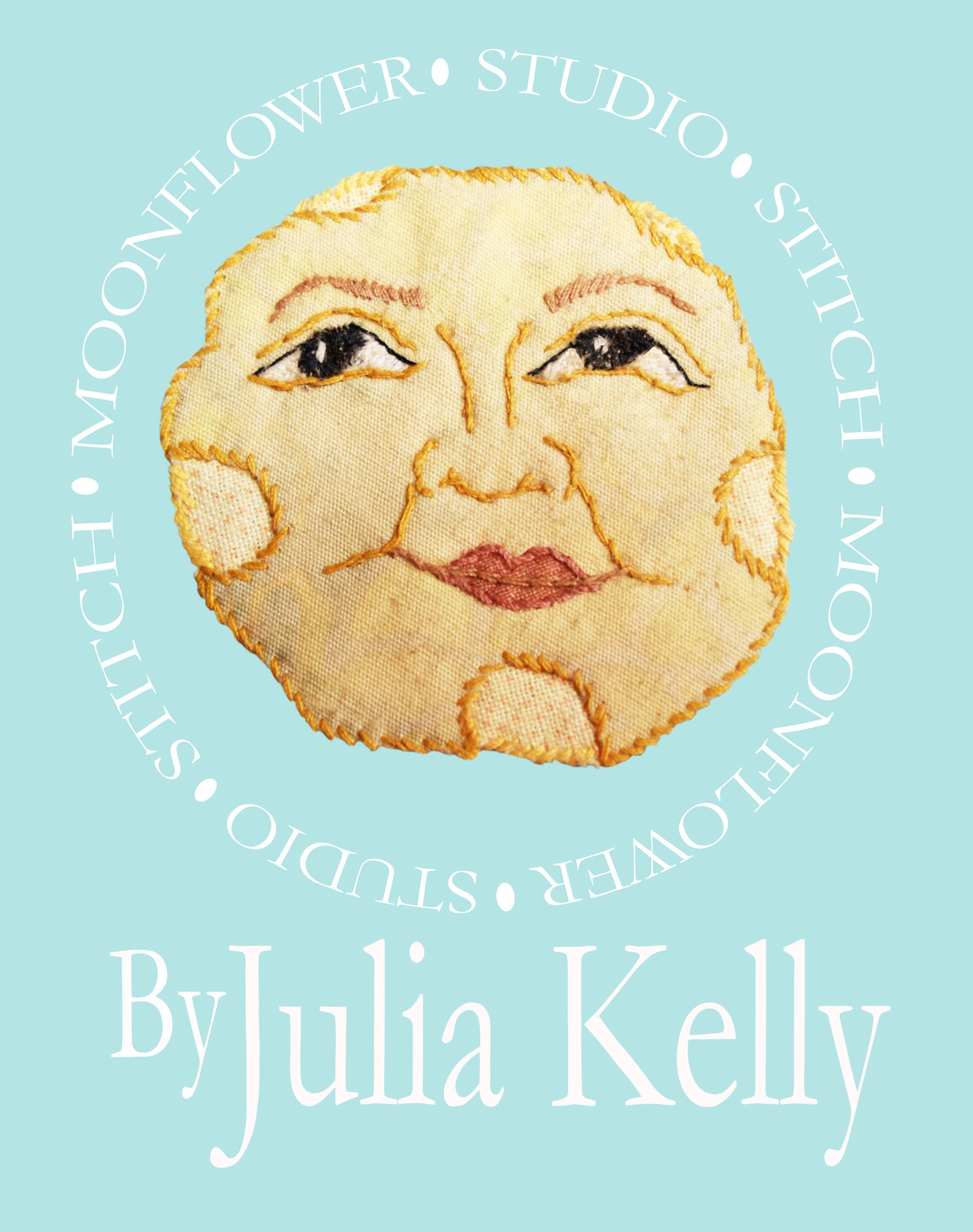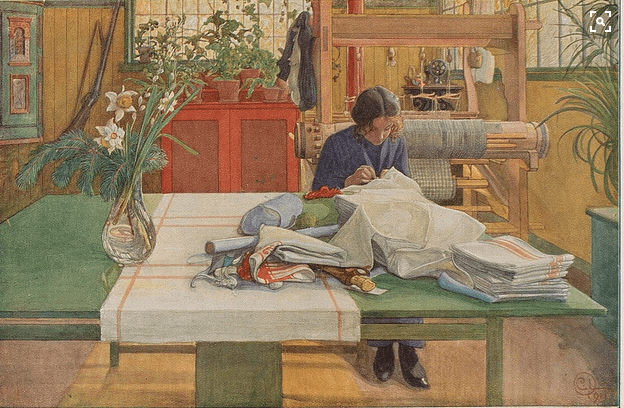ART, A Good Prescription for Sanity: When You Can't Go To Town
From April 2020
(All the black and white photos are of my family I restored and ran through photoshop, They are large files, so you can zoom in to get a better look! )
In these times , I found myself thinking about my maternal grandmother, Bernice. She was an amazing woman in a very ordinary way. Raised on a large farm in Minnesota with five sisters and six living brothers who worked their father’s farm in a time when horses power was used just as much as engine power.
When two of her bachelor brothers went off to toil their own land, though rented, on a farm known as the Honsie Place, she went with them to keep house.
Side note, Honsie Place, Aggie Place, farms get names, usually from whoever started the homestead- we live on the Rottecapp homestead, at the top of a hill, overlooking a canyon, though we bought it from the Lisenburies, who had farmed it for over seventy years. The homestead and the hill are still known as Rottecapp, though they only had it for a few years before making a trade with the Lisenburies for land up on the other side of the canyon at Groundhog.
It was at the Honsie Place my grandmother met my grandfather, a hired hand. She told me she liked him, eight years her junior by the way, because at the country dances he did not always want to go out to his truck and get a nip of something from a flask. My grandma liked to dance and so hated the decrease in dancing ability that came with several breaks out in the parking lot.
She told me many more stories, of sweeping snakes out of the kitchen with a broom and going to town sitting next to her brother, on the wagon seat, watching wolves follow them through the wintry Minnesota forests.
Any lovers of the Laura Ingalls Wilder stories know of the Long Winter…
And the hardship and isolation the Ingall’s experienced on the plains of South Dakota. But Laura also captured the winter memories of her family in the dark woods of Minnesota.
In all my listening of family lore and reading our great American literature, I have concluded that winter, although the days were shorter, with the ground frozen, there was more opportunity to get around and socialize because wagon wheels could easily be traded out for metal sled blades.
In early winter, at the equinox of celebrations, decreasing what livestock would be carried over to the next season meant meat was not so sparse yet, as was the bounty from the garden, waiting in pantries, fruit room, root cellars and larders.
It was late winter and the spring, when stores were running low and the sun had not shown for a long time, that the isolation started to weigh heavy. And then it was the mud season…
I think this is my grandmother dad, James…
Here in the start of the Southwest, we do not have the harsh winters that my grandparents and Laura had in the Midwest. But on the Western Slope of Colorado, we do have “Mud Season” where we get snow and then the sun comes out for a moment and the cycle goes around and around, sometimes well into May. Where I grew up, my mother and grandmother did not plant flowers until after Mother’s Day. Here, the rule is not until the “snow if off the Ute”, a peak towards the west. But sometimes in mid-May, people can’t wait any longer so plant and take their chances, the growing season so short at 6,500 feet.
I was at the grocery store many years ago, waiting in line and just listen, which I do often. A very stylish, very elderly lady was telling the clerk stories of coming to town, in the thirties, or more accurately not coming to town during “Mud Season”. Because to get to town in the spring, before pavement and snow plows, you have to wait for one of two things to happen, have the wind dry the mud up or have another freeze come.
So isolated at home, in the winter and in the spring, farmers took the time to fix what they needed to fix, Laura giving accounts of the Wilder boys whittling nails for when they could return to improving the farm. My great uncles gave my grandmother a loan and bought her a piano to have something to play after her chores were done and many women, isolated, waiting for the sun to come out and the ground to dry up, quilted.
Carl Larsson, one of my favorite illustrator, so a post on him and his wife Karyn, could be coming, captured the workings of a Danish home through all the seasons. But winter stitching and weaving does not have to be that grandiose…
From wikipedia commons
Crafts in America is a wonderful series on PBS.com and Amazon Prime Video right now with like eleven seasons, highlight America’s great craft history! So about 70 hours of distractions. Its very first episode…
highlights a group of quilter at the Mississippi Cross Roads art center, finding meaning and purpose in hand stitching quilts in isolation and retirement.
Below is a glimpse of my great-grandmother’s (my grandpa’s mother) blocked quilt made from my great-grandfather’s worn shirts and the center an old wool blanket. The stitching piled up with the scissors and thimble is mine, except for the crocheted curtain that was hand worked by my paternal great-grandmother, probably to move along the time through the winter or early spring.
Decades later, I have found the same meaning and purpose in the stitching I do. This mixed media quilt “Begin Again”, featured in my blog post on “Motherhood” capturing the cycles of motherhood or what came before and what will always go on, my grandmother’s work, my work, holding my daughter who I hope will be a mother someday herself…
Wanting to do something different and never being satisfied until many layers are upon my work, I decided to make a border of buttons and not any buttons, but antique buttons.
So through ETSY.com, a wonderful place to get vintage supplies. I found a button brokers in Iowa, who had obtained two garbage cans of buttons from estate sells, including a little old lady who had been clipping off her and her husband buttons for over 50 years. I ordered several scoops or pounds of buttons, something like 900+ but I don’t know how many ended up boarding the quilt, I didn’t count.
It was in a time, when much was asked of me and my husband, whose elderly father, now in his mid 90s needed some medical services a state away. So on a weekend in the spring, when life was dreary I found myself alone, well me and the livestock, we had just gotten two new steers that were testing fences. Not wanting to deal with loose cattle on the road with Jon gone, I shut the gate from our driveway to the road and the rest of the world and traded places, between my bed, on the downstairs couch and then in the upstairs den, chose and hand stitched every button on to the edge of the quilt. The en-devour could not be done on autopilot, each button had to be picked for their size and color and carefully placed, well-balanced around all four sides.
I have no great inspiring connection to the dreariness of spring in general and the isolation we are experiencing now, ironically also in the spring of 2020. Spring has always been my least favorite season. All I know, is when the hearth is warm, I can hear the crackle of the fire within it, lingering smells of a good meal cooked, or the smell of bread baked is still in the air, and I drag a needle and thread through cloth, I seam to have more fortitude to deal with the darkening skies, literally or not.
Try it, I bet you have a tin of buttons, or fabric scraps, some ribbon or a long forgotten knitting or crochet project. Load up Craft In America, curl up the rest of the day, heck, make popcorn for dinner, something my family often does and lose some hours….
Next Time, when isolation gets too much to bear…
ART, A Good Prescription for Sanity: To Ward Off the Doldrums
What exactly are the Doldrums, I’ll tell you~!













